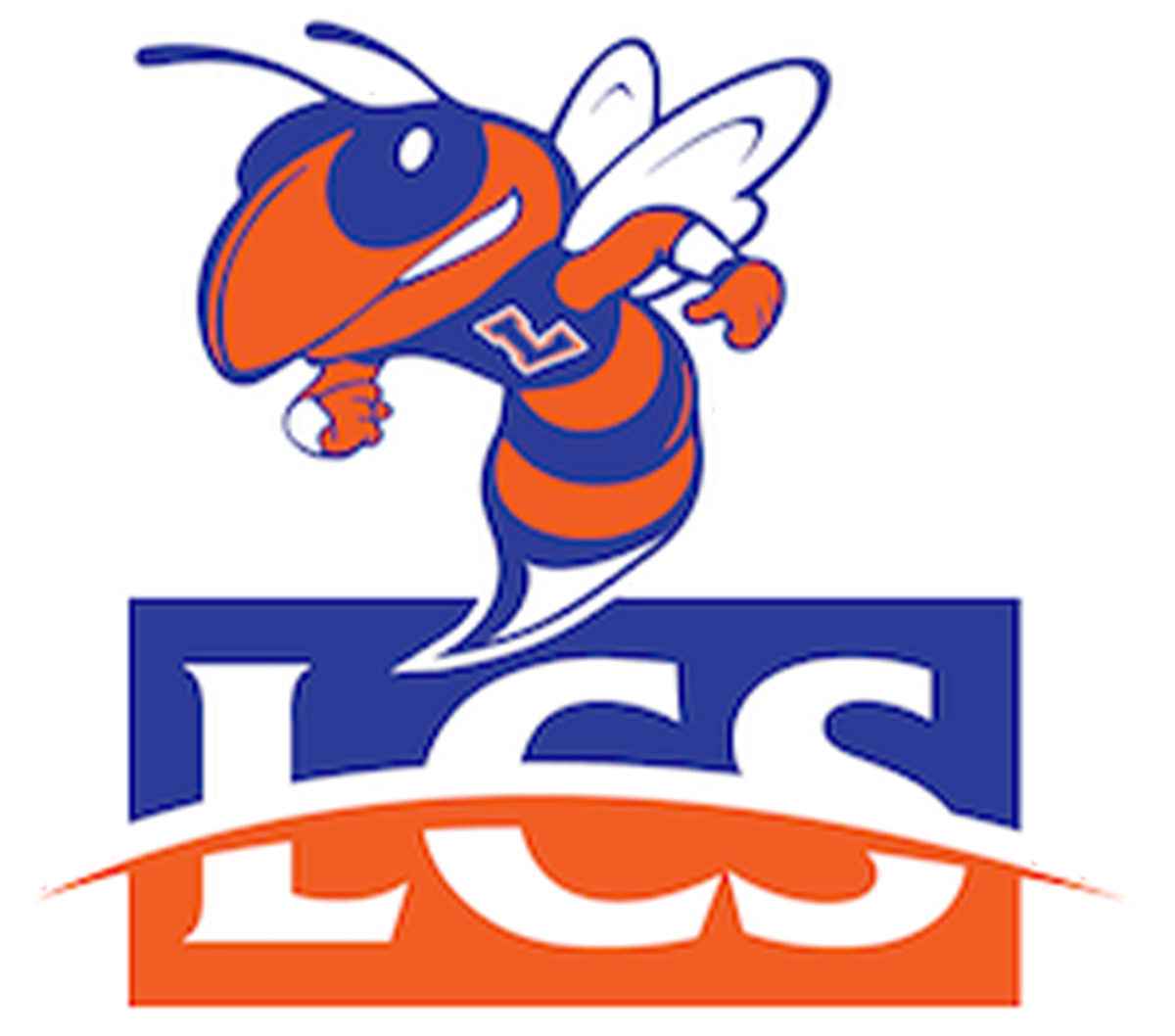WEBSITE ACCESSIBILITY
Statement
Lexington City Schools is committed to ensuring that our digital services are accessible to all users, including individuals with disabilities. Our website is designed to comply with the Americans with Disabilities Act (ADA) and the Web Content Accessibility Guidelines (WCAG) 2.1 Level AA established by the World Wide Web Consortium (W3C).
We continuously work to improve accessibility by supporting common assistive technologies, including screen readers, screen magnifiers, and text-only browsers. Our district remains dedicated to reviewing and enhancing the accessibility of our website.
If you experience difficulty accessing any part of our website, please contact us at 336-242-1527 or use our Website Accessibility Form. Include the URL of the page, a description of the issue, and your contact information so we can assist you and make any necessary improvements.
What is Digital Accessibility?
Digital accessibility refers to the design and development of digital content, applications, and services that are usable by all people, including those with disabilities. It ensures that websites, mobile apps, electronic documents, and other digital tools are accessible to individuals who may use assistive technologies such as screen readers, magnifiers, or alternative input devices.
Why is Digital Accessibility Important?
Equal Access: Digital accessibility promotes inclusivity by providing equal access to information and services for people with disabilities. It ensures that everyone can participate fully in the digital world.
Compliance: Title II of the Americans with Disabilities Act and Section 504 of the Rehabilitation Act require that state and local governments, including K-12 public schools, provide equal access to services, activities, and programs.
Enhanced User Experience: Accessible design often leads to improved usability for all users, not just those with disabilities. For example, features like captions, alt text, and clear navigation can benefit everyone.
Types of Digital Content
Digital accessibility applies to various types of content including, but not limited to:
Web content: Ensuring that web pages are navigable and understandable by users with disabilities.
Documents: Making PDFs, Word documents, and other formats accessible with proper formatting and tags.
Multimedia: Providing captions, transcripts, and audio descriptions for videos and audio content.
Software and Applications: Designing software interfaces and mobile apps that are operable by users with different abilities.
Online Forms: Creating forms that are easily navigable and usable with assistive technologies.
